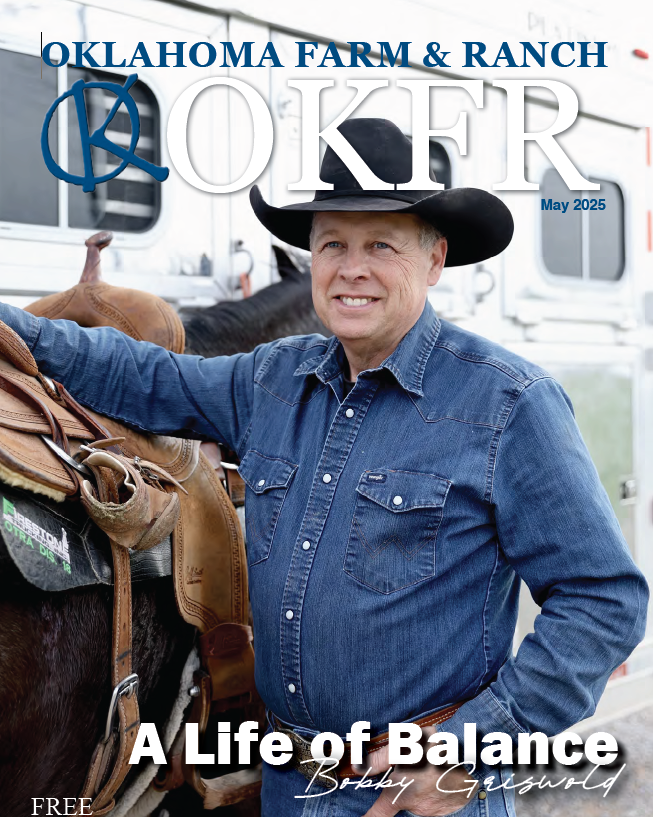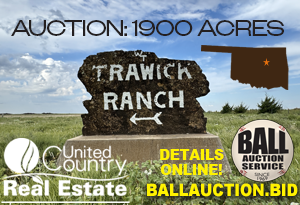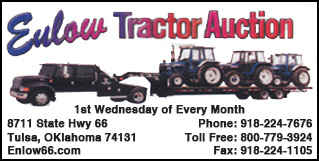Farm & Ranch
A Living Legacy
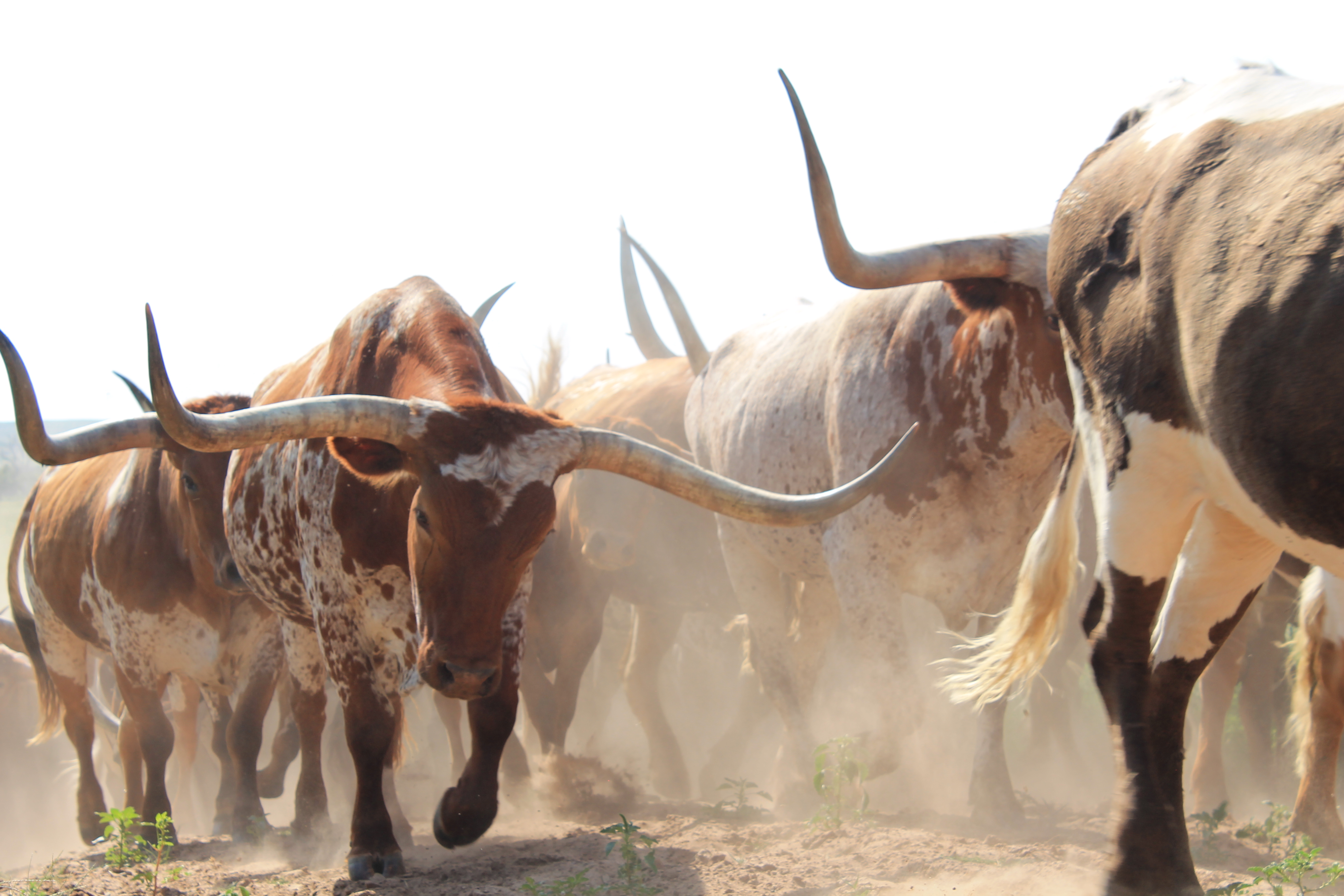
Longhorns made an indelible imprint on the 19th-century Western landscape. Between 1866 and 1890, more than 10 million cattle were driven on the Chisholm and other trails out of Texas. In his classic 1941 book The Longhorns, J. Frank Dobie wrote that the Chisholm Trail, from Texas to Kansas, “initiated the most fantastic and fabulous migration of animals controlled by man that the world has ever known or can ever know.”
It was more than two decades ago that Wes Sander, of Woodward, Okla., was serving on the Woodward Elks PRCA (Professional Rodeo Cowboys Association) Rodeo Committee. He and fellow committee members were brainstorming ways for their rodeo to stand out from the others.
Sander grew up in Canton, Okla., on the family’s historic Chain Ranch. “We always had a few longhorns stuck around, and my cousin Andrea and I had actually gone with Uncle Ralph (Chain) to Dodge City to buy our first longhorns. Andrea and I were little at the time, and that memory has always stuck in my mind,” Wes recalled.
Living on the Chain Ranch meant working a lot of cattle, and Sander quickly grew adept at cattle drives. “I pretty much grew up driving cows in Dewey County. We always drove cattle. We didn’t have a lot of pens set up at the ranch, so we drove the wheat pasture cattle and momma cows where we needed them,” he explained.
Wes eventually moved north to Woodward. In addition to raising Angus and red Angus beef cattle, he also works as a cattle buyer. It was while he was at an auction in Shamrock, Texas, that an idea for the Woodward Rodeo formed. A set of 50 longhorn steers were up for auction. A packing buyer was bidding on the steers, but Wes outbid him to give the steers another chance. “I already had four big steers at the ranch, so I thought I’d do a cattle drive into Woodward from the ranch, and that could set the rodeo off,” he said. “The rodeo would begin on Wednesday, so we’d have the cattle drive on Tuesday to kick off the week.”
Wes purchased his herd in June, and the rodeo was held the third week in July. He’d planned to keep the steers through the rodeo, and then sell them after. “I just didn’t think we could keep 50 head of longhorns around for no reason,” he said.
Looking back now, that thought was laughable. The cattle drive was a resounding success. The steers made the front page of the Daily Oklahoman, and the News9 helicopter captured footage of the drive. It was the type of publicity that money couldn’t buy, and soon calls were coming in.
“Bennie Beutler called me and said, ‘Wes, whatever you do, don’t sell those steers. You have something no one else has,’” Wes recalled. He didn’t sell the herd, and soon had a couple of events scheduled for the fall. “It was just enough to pay the cake bill and get them through the winter, and then the next year we got a few more jobs, and it all started falling into place.”
Now, Wes, his son Cody Sander, and the rest of the Slash -O- Ranch crew haul anywhere from eight to 150 steers across the Midwest, giving spectators the opportunity to be temporarily transported back in time to when dusty trails and resilient cattle were the norm. “We’ve been all over the country with them. We like to stay in Oklahoma, Texas, Kansas, Colorado, New Mexico, and Nebraska, but we’ve gone as far east as Detroit, Mich., for a commercial for Dodge Trucks, to Cheyenne for Cheyenne Frontier Days, and more,” he said. “Now we travel to about 20 events each year.”
For many years, the longhorns also made an appearance in Downtown Dallas. “We loved Dallas. They had a rodeo called the Texas Stampede, and we would take them down Commerce Street. They moved that rodeo to Allen, and we followed them. We still go to Lewisville every year. That’s one of our favorite places to go,” Wes said.
“We’ve driven them down the street where President Kennedy was shot, right in front of the Texas School Book Depository,” Cody recalled. “There are many memorable drives we’ve taken them on, and that’s one of them.”
One of the biggest events they attend is in Colorado for the Greeley Stampede, where, for two weeks, the steers are driven every day. “Greeley is one of our favorite and longest stays. We’ve been there for more than 20 years,” Wes’s wife, Jill, noted.
At the time of this article, the steers were getting loaded to make the trek to Dodge City, Kan., for the rodeo. “Dodge City has the rodeo parade the first Saturday, and then has the cattle drive for our steers the next Saturday,” Wes said.
“I’m not sure that I have a certain event that sticks out for me, but I love watching the loading and unloading of the longhorns, and how gracefully they move,” Jill noted. “Another thing that stands out to me is the magic that comes alive when people see the longhorns walking down the street. You can just hear the people in the crowds saying, ‘They’re coming! They’re coming!’ The younger generations and even the adults are so excited, and it’s almost like Christmas when they come down the street. Some of the parades can be small, and it doesn’t seem to matter. That energy is alive, and people are enthralled.”
Cody added, “For me, the most interesting aspect of this is getting to meet the people. We have gotten to know so many, and it’s interesting because you get to go places you wouldn’t normally go. We have great relationships with the people we have met over the last 20 years.”
The Slash -O- Ranch herd has also been featured in a couple of movies, including one for the Chisholm Trail Heritage Center in Duncan, Okla., and one for the Western Heritage Museum in Abilene, Texas.
It’s that history that the Sander family hopes will resonate with the crowds. “They’re something from the past. We don’t take the time to slow down, and it brings our history into the present. We hope that the people who come will see them and want to learn more about them. Maybe it will trigger someone from a different generation to research the history of the longhorns, or something that will bring our western heritage into the present,” Jill explained.
Cody echoed that sentiment. “It gives people a taste of history and the old west. You’d be surprised at how many people have not seen cattle like that. I think it’s important to keep the tradition alive of having them and showing people what it was like. It gives them, and us, a very small taste of what life was back then. I don’t think we truly understand how tough those people were back in the day,” he said. “The hardships they went through – stampedes, crossing rivers – they did dangerous things daily. I think it would be an eye opener for people.”
The cattle drives are very much a family affair. The rule is that either Wes or Cody has to go, but most often both are part of the drive. “We travel with family to every event. Now some of our grandchildren will go and ride, too. Some of our older ones are so well-versed they could almost take care of it themselves,” Jill noted. “It’s interesting to see the grandkids now because a lot of times they’ll be at the front, and Wes or Cody will be in the back. It’s just a great feeling to be part of it. The grandkids are so responsible, and take it serious, but it’s fun for everyone. We’ll feed, water, and load the steers, and after the work is done, we’ll relax and eat. It’s definitely a family thing.”
The size of the drive dictates how many cowboys will be working. “We will take three or four cowboys, or maybe a few more depending on the size of the event,” Wes explained.
Read more in the September issue of Oklahoma Farm & Ranch.
Farm & Ranch
Cattle Nematodes (Worms)
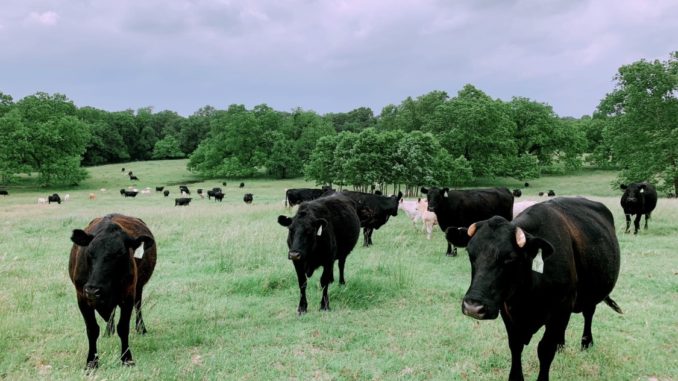
Barry Whitworth, DVM | Senior Extension Specialist | Department of Animal & Food Sciences
According to the Mesonet, Oklahoma received some much-needed rain in late April (2023). With the moderate temperatures and high humidity, the environment is perfect for the proliferation of gastrointestinal nematodes (GIN) which are commonly called “worms.” Cattle can be infected with a variety of GIN. Most do not cause issues unless husbandry practices are poor. However certain GIN have been associated with disease. The most pathological GIN in cattle is Ostertagia ostertagi. Cooperia species and Haemonchus species are two that have been implicated with production issues. Control of these parasites is constantly changing due to environment, anthelmintic (dewormer) resistance, and consumer preference. Cattle producers should develop a plan to manage these parasites.
In order for GIN to complete their life cycle, certain environmental conditions must exist. The development stage begins with passing of the egg in the feces of the animal. If the egg is to hatch, the temperature must be warm and the humidity needs to be close to 100%. Ideal temperature ranges from 70⁰ to 80⁰ Fahrenheit (F), but any temperature above 45⁰ F will allow for development. Temperatures above 85⁰ F or below 45⁰ F will begin to hamper development. Humidity needs to be 80% or higher.
Once the egg hatches, the larva goes through a couple of molts to reach the infective stage which is the third stage larva (L3). L3 must have moisture to free itself from the fecal pat. Once free, it rides a wave of water on to a blade of forage. Once ingested, this begins the prepatent or pre-adult stage. Two molts take place during this stage (L3 to L4 and L4 to L5). If conditions are not favorable for survivability of offspring, L4 will go into an arrested development stage (hypobiosis) for a period of time. The patent or adult stage is the mature breeding adult.
Once inside the body, the parasite will migrate to certain locations in the digestive tract. For example, O. ostertagi develop in the gastric gland in the abomasum. H. placei and H. contortus will migrate to the abomasum. Cooperia species will live in the small intestine. A few like Trichuris (whipworms) are found in the large intestine.
Clinical signs of parasitism vary according to the species of parasite, burden, and site of attachment. Severe disease, which is referred to as parasitic gastroenteritis (PGE), with internal parasites is unusual with today’s control methods. Clinical signs of PGE are lack of appetite, weight loss, weakness, diarrhea, submandibular edema (bottle jaw), and death. However, most parasite infection are subclinical which means producers do not see clinical signs of disease. In subclinical infections, the parasite causes production issues such as poor weight gain in young cattle, reduced milk production, and lower pregnancy rates.
Producers should be monitoring their herds for parasites throughout the year but especially in the spring when conditions are ideal for infection. A fecal egg count (FEC) is a good way of accessing parasite burdens. Livestock producers need to gather fecal samples from their herd periodically. The samples should be sent to their veterinarian or a veterinary diagnostic lab. Different techniques are used to access the number of eggs per gram of feces. Based on the counts, the producer will learn the parasite burden of the herd. Producers can use this information to develop a treatment plan.
In the past, GIN control was simple. Cattle were routinely dewormed. Unfortunately, anthelmintic resistance has complicated parasite control. Now proper nutrition, grazing management, a general understanding of how weather influences parasites, biosecurity, refugia, anthelmintic efficiency, and the judicious use of anthelmintics are important in designing an effective parasite management program. All of these considerations need to be discussed in detail with a producer’s veterinarian when developing a plan for their operation.
Cattle producers need to understand that parasites cannot be eliminated. They must be managed with a variety of control methods. Designing a parasite management plan requires producers to gain a general understanding of life cycle of the parasite as well as the environmental needs of the parasite. Producers should use this information as well as consult with their veterinarian for a plan to manage GIN. For more information about GIN, producers should talk with their veterinarian and/or with their local Oklahoma State University Cooperative Extension Agriculture Educator.
References
Charlier, J., Höglund, J., Morgan, E. R., Geldhof, P., Vercruysse, J., & Claerebout, E. (2020). Biology and Epidemiology of Gastrointestinal Nematodes in Cattle. The Veterinary clinics of North America. Food animal practice, 36(1), 1–15.
Navarre C. B. (2020). Epidemiology and Control of Gastrointestinal Nematodes of Cattle in Southern Climates. The Veterinary clinics of North America. Food animal practice, 36(1), 45–57.
Urquhart, G. M., Armour, J., Duncan, J. L., Dunn, A. M., & Jennings, F. W. (1987). In G. M. Urquhart (Ed). Veterinary Helminthology. Veterinary Parasitology (1st ed., pp 3-33). Longman Scientific & Technical.
Farm & Ranch
The Value of Vitamin A
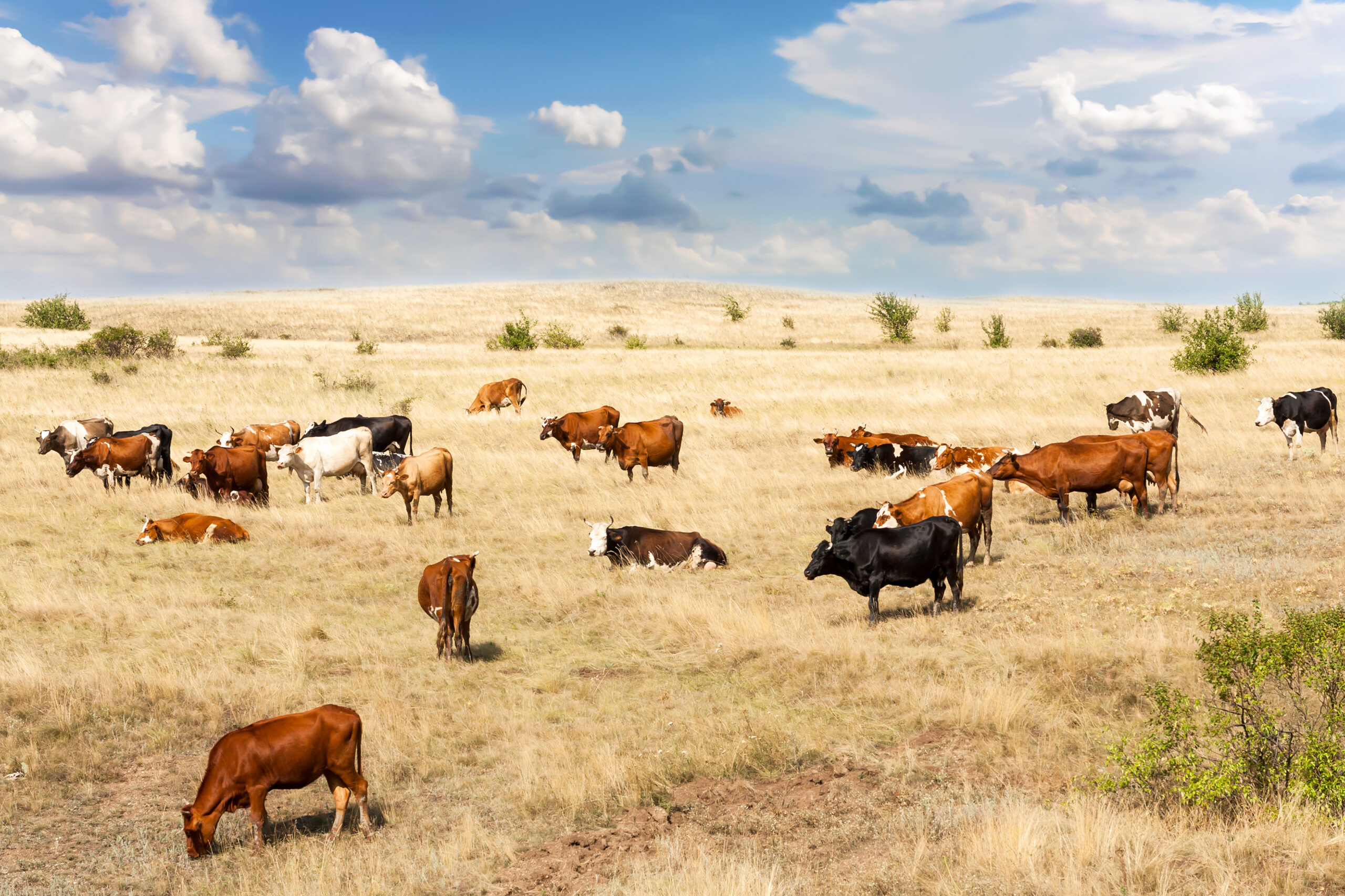
Barry Whitworth, DVM – Area Food/Animal Quality and Health – Specialist for Eastern Oklahoma
A ranch in Australia experienced an abnormally high number of stillbirths and weak born calves in 2004-2005. An investigation revealed that the usual infectious causes were not the problem. After additional testing, veterinarians diagnosed low levels of vitamin A as the cause.
According to Dr. Greg Hanzlicek, with the Kansas State Veterinary Diagnostic Laboratory (KSVDL), Kansas had an unusually high number of stillbirth cases and weak born calves in the spring of 2019. After many laboratory tests, it was concluded that the problem stimmed from a lack of energy, protein, Vitamin A, or combinations of all of these.
Both of the above examples demonstrate the importance of vitamin A in reproductive efficiency. Research has shown that low vitamin A levels during pregnancy are associated with abortions, stillbirths, and weak born calves. In addition to playing an important role in reproductive efficiency, vitamin A is essential for vision, bone growth, and maintaining epithelial tissue such as skin and hooves.
Animals obtain vitamin A from consuming green forage and/or the addition of vitamin A supplements to the diet. Lush green pastures contain high amounts of vitamin A. As plants mature and during times of drought, the amount of vitamin A decreases. The ranch in Australia experienced below average rainfall in the previous two years prior to the calving season. During the calving season, rainfall was below average with very dry conditions and little green forage was available.
In general, animals obtain adequate amounts of vitamin A by grazing green forage. Animals grazing green pastures will build a healthy store of vitamin A in the liver. When vitamin A is in short supply, the stores in the liver prevent deficiencies. According to Dr. Lalman, Extension Beef Cattle Specialist Oklahoma State University, the stores should last 2 to 4 months during times of deficiency. During times when green forage is not available, vitamin A supplements need to be added to the diet to prevent deficiencies.
When vitamin A levels are deficient, night blindness is one of the earliest clinical signs. Other eye issues include clouding of the cornea, ocular discharges, and possible ulcerations. Skin issues found when levels of vitamin A are deficient include a dry rough coat, scales on the skin, and dry cracked hooves. Other neurological signs include incoordination or gait problems. Seizures may occur due to the increase cerebrospinal fluid pressure. Birth defects have also been attributed to low vitamin A levels.
Animals displaying vitamin A deficiency should be treated immediately with vitamin A injections. If treated early, response is usually rapid and complete. However, delaying treatment may result in irreversible damage. Even with treatment, cattle with vision impairment due to vitamin A deficiency may not regain their sight.
Preventing Vitamin A deficiency depends on producers being attentive to the environmental conditions that favor low vitamin A levels in forage. During these times, producers need to supplement the diet with vitamin A. Producers need to be aware that Vitamin A supplements degrade rapidly, so vitamin A supplements should not be stored for long periods of time. In addition to vitamin A supplementation, research indicates that diets low in protein result in poor absorption of vitamin A. It is important that producers ensure that the rations have sufficient protein levels. Lastly, since colostrum contains high levels of vitamin A, producers need to ensure that newborns obtain adequate amounts of colostrum at birth.
Similar to the Australian example, most of Oklahoma had below average rainfall for the year of 2022. This resulted in pasture quality decreasing earlier than normal. Due to this year’s lack of green forage, liver stores of vitamin A may be inadequate for the animal’s needs. Producers need to ensure that the diets of their cattle have adequate amounts of vitamin A, energy, and protein. For more information about Vitamin A, producers should contact their veterinarian and/or visit with their Oklahoma State University County Ag Educator.
References
Hanzlicek, G. (2019, May). Difficult Calving Season Findings:2019. Diagnostic Insights. www.ksudl.org/resources/news/diagnostic_insights/may2019/difficult-calving-season2019.html.
Hill, B., Holroyd, R., & Sullivan, M. (2009). Clinical and pathological findings associated with congenital hypovitaminosis A in extensively grazed beef cattle. Australian Veterinary Journal, 87(3), 94–98.
Parker, E. M., Gardiner, C. P., Kessell, A. E., & Parker, A. J. (2017). Hypovitaminosis A in extensively grazed beef cattle. Australian veterinary journal, 95(3), 80–84.
Farm & Ranch
Lice in Cattle
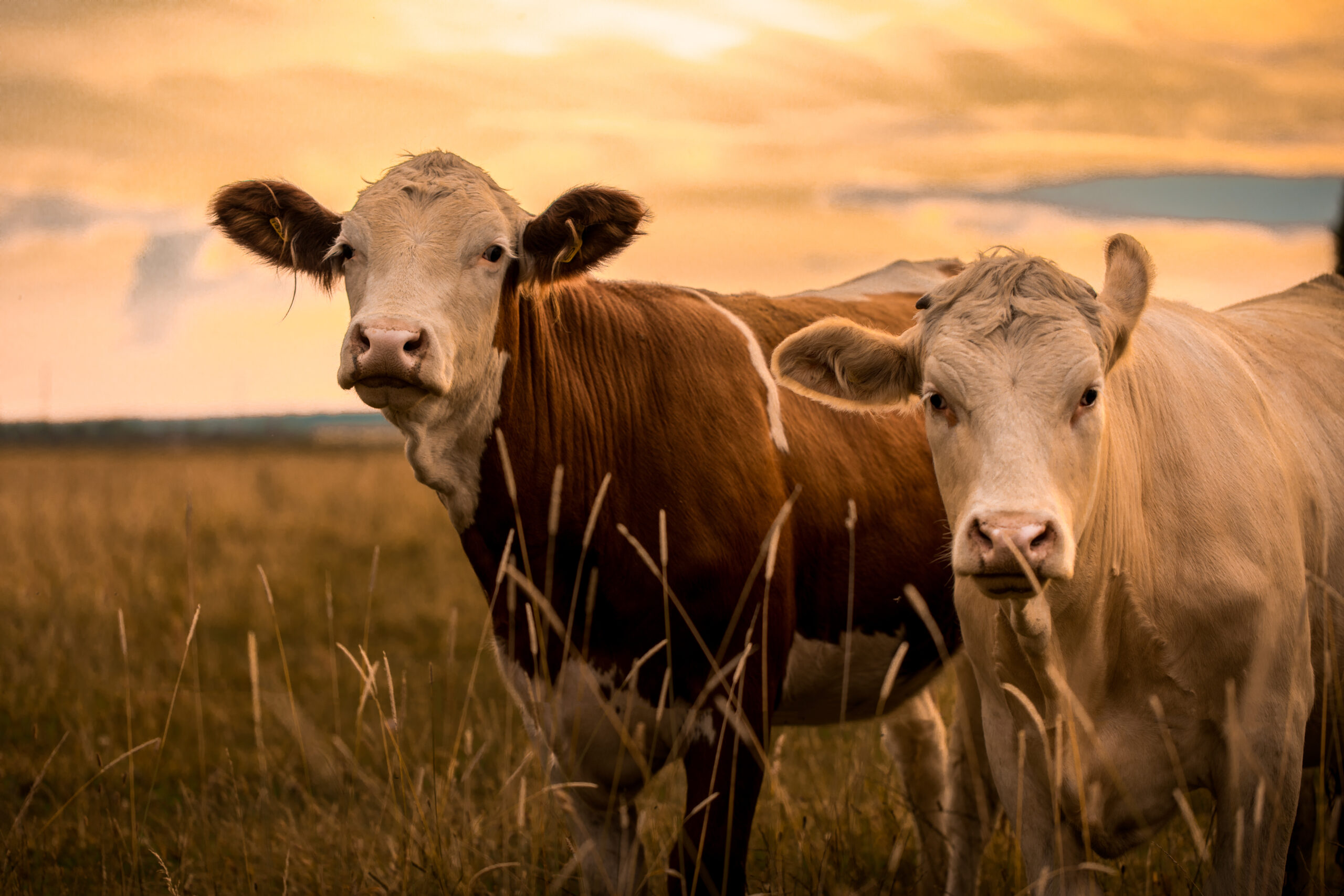
Barry Whitworth, DVM, MPH | Senior Extension Specialist
Department of Animal & Food Sciences | Freguson College of Agriculture | Oklahoma State University
Cattle lice cost Oklahoma cattlemen millions of dollars each year in decreased weight gains and reduced milk production. If cattle producers have not treated their cattle for lice this fall, they need to consider what type of lice control to initiate. This is especially true for cattle producers that had problems in the previous year. Cattle producers should monitor cattle closely during the months of December, January, and February. Producers should not wait until clinical signs appear before beginning treatment.
The life cycle of the different species of cattle lice are very similar. The life cycle begins with the female louse attaching her egg to a shaft of hair. The egg will hatch as a small replica of the adult. After several molts, the adult will emerge. The cycle takes around 3 to 4 weeks to complete. These newly hatched lice will spend their entire life on the host and are host specific which means cattle cannot be infected with lice from other animals.
Small numbers of lice may be found on cattle in the summer, but high populations of lice are associated with cold weather. Since cattle tend to be in closer proximity to each other in the winter, lice can spread easily between cattle. A small percentage of cattle tend to harbor larger numbers of lice. These animals are sometimes referred to as “carrier animals”, and they may be a source for maintaining lice in the herd. As with many other diseases, stress also contributes to susceptibility and infestation.
Signs of lice infections in cattle are hair loss, unthrifty cattle, and hair on fences or other objects. If producers find these signs, they may want to check a few animals for lice. They can check for lice by parting the hair and observing the number of lice per square inch. If an animal has 1 to 5 lice per square inch, they are considered to have a low infestation. Cattle with 6 to 10 lice would be considered moderately infested. Any cattle with more than 10 lice per square inch are heavily infested.
Cattle have two types of lice. One type is the biting or chewing louse. These lice have mouth parts that are adapted to bite and chew the skin. The second type is sucking louse. These lice have mouth parts that will penetrate the skin and suck blood and other tissue fluids. It is not uncommon for cattle to be infested with more than one species of lice.
The biting or chewing louse is Bovicola (Domalinia) bovis. This type of lice feeds on hair, skin, skin exudate, and debris. Typical clinical signs with this type of louse are hair loss, skin irritation and scabs on the skin. They are found on the shoulders and back.
Four types of sucking lice can be found in the United States. The first is the “short nose” louse or Haematopinus eurysternus. This is the largest cattle louse. This louse is found on the neck, back, dewlap, and base of the tail. The second is the “long-nose” louse or Linognathus vituli. This louse is bluish in color with a long slender head. This louse is found on the dewlap, shoulders, sides of the neck, and rump. The third is the “little blue” louse or Solenoptes cappilatus. This louse is blue in color and is the smallest cattle louse. This louse is found on the dewlap, muzzle, eyes, and neck. The last is the “tail” louse or Haematopinus quadripertuses. This louse has been found in California, Florida, and other Gulf Coast States. This louse is found around the tail.
The sucking lice have the potential to cause severe anemia if the numbers are high. This can result in poor doing cattle or in extreme cases death. They also can spread infectious diseases. The long-nose louse has been found to be a mechanical vector for anaplasmosis.
Prevention of lice infestation should begin in the fall. Producers should not wait for clinical signs to appear before beginning treatment. Several products are available to control lice. Producers should read and follow the label directions. Producers should keep in mind that many of the lice control products require two administrations to control lice. Failure to do this may result in cattle having problems with lice infestations.
Some producers have complained that some products do not work. These complaints have not been verified; however, this is a good reason to consult with a veterinarian for advice on what products to use. Most treatment failures are associated with incorrect application not resistance. Proper application of Pour-On insecticides is to administer from the withers to the tailhead. Also, the proper dose is essential for good control.
Cattle producers need to consider a few other things in lice control. Since cattle in poor body condition are more prone to lice infestation, producers need to be sure that the nutritional needs of their cattle are being met. Cattle that have a history of lice infestations should be culled. Lastly, any purchased cattle need to be inspected for lice before entering the herd. If lice are found, the animals should be isolated and treated before entering the herd.
If producers would like more information on lice in cattle, they should contact their local veterinarian or Oklahoma State University County Extension Agriculture Educator. They may also want to read Oklahoma Cooperative Extension Fact Sheet Beef Ectoparasites VTMD-7000 at https://extension.okstate.edu/fact-sheets/beef-cattle-ectoparasites.html.
-
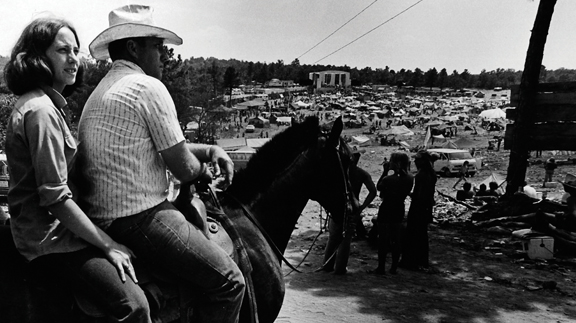
 Attractions8 years ago
Attractions8 years ago48 Hours in Atoka Remembered
-
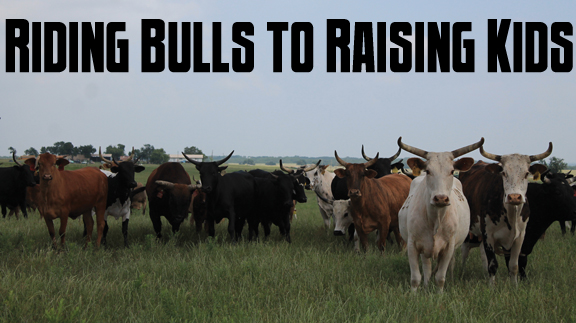
 Country Lifestyle8 months ago
Country Lifestyle8 months agoJuly 2017 Profile: J.W. Hart
-
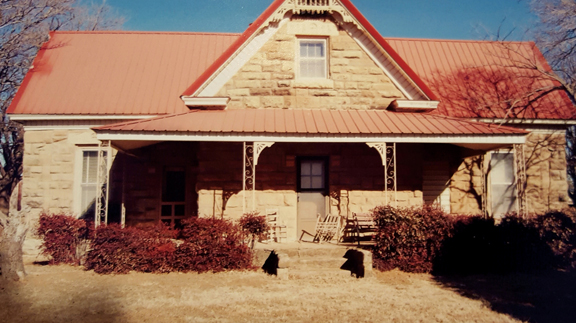
 Country Lifestyle9 years ago
Country Lifestyle9 years agoThe House a Treasure Built
-
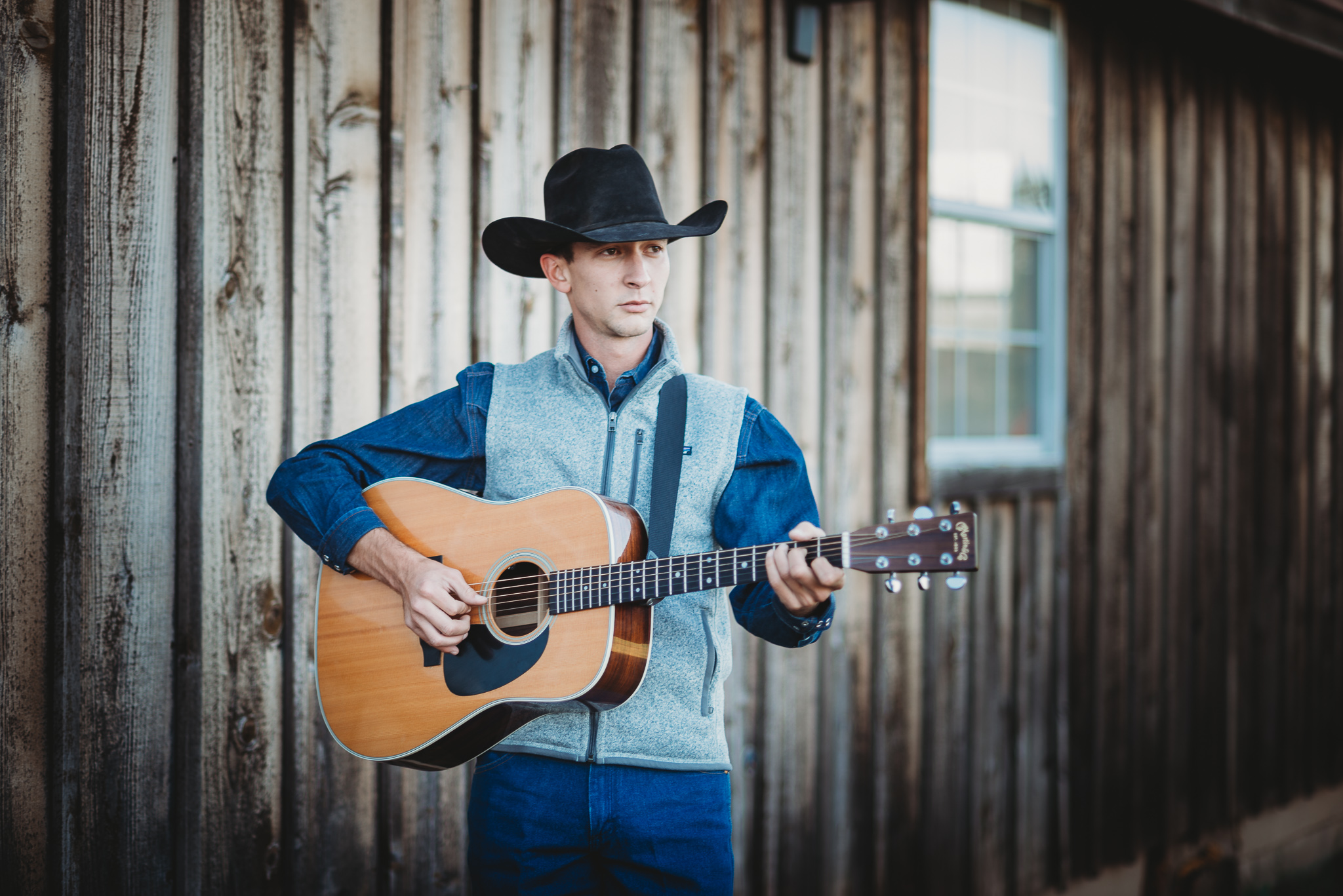
 Country Lifestyle3 years ago
Country Lifestyle3 years agoThe Two Sides of Colten Jesse
-
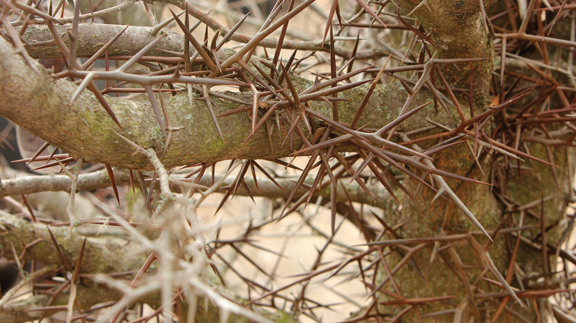
 Outdoors7 years ago
Outdoors7 years agoGrazing Oklahoma: Honey Locust
-
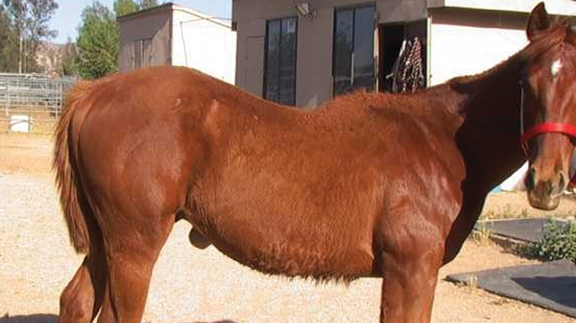
 Equine8 years ago
Equine8 years agoUmbilical Hernia
-
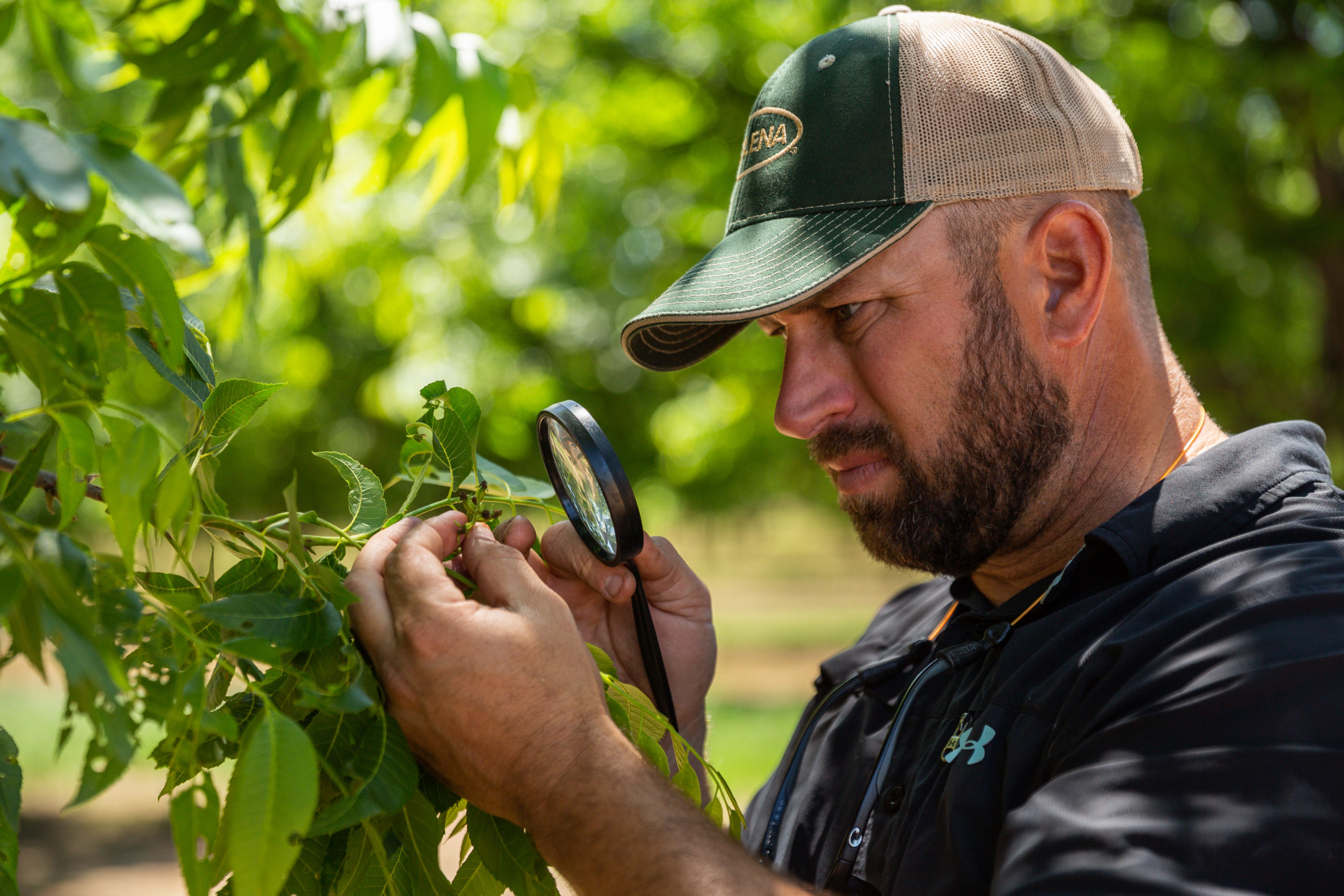
 Outdoors5 years ago
Outdoors5 years agoPecan Production Information: Online Resources for Growers
-
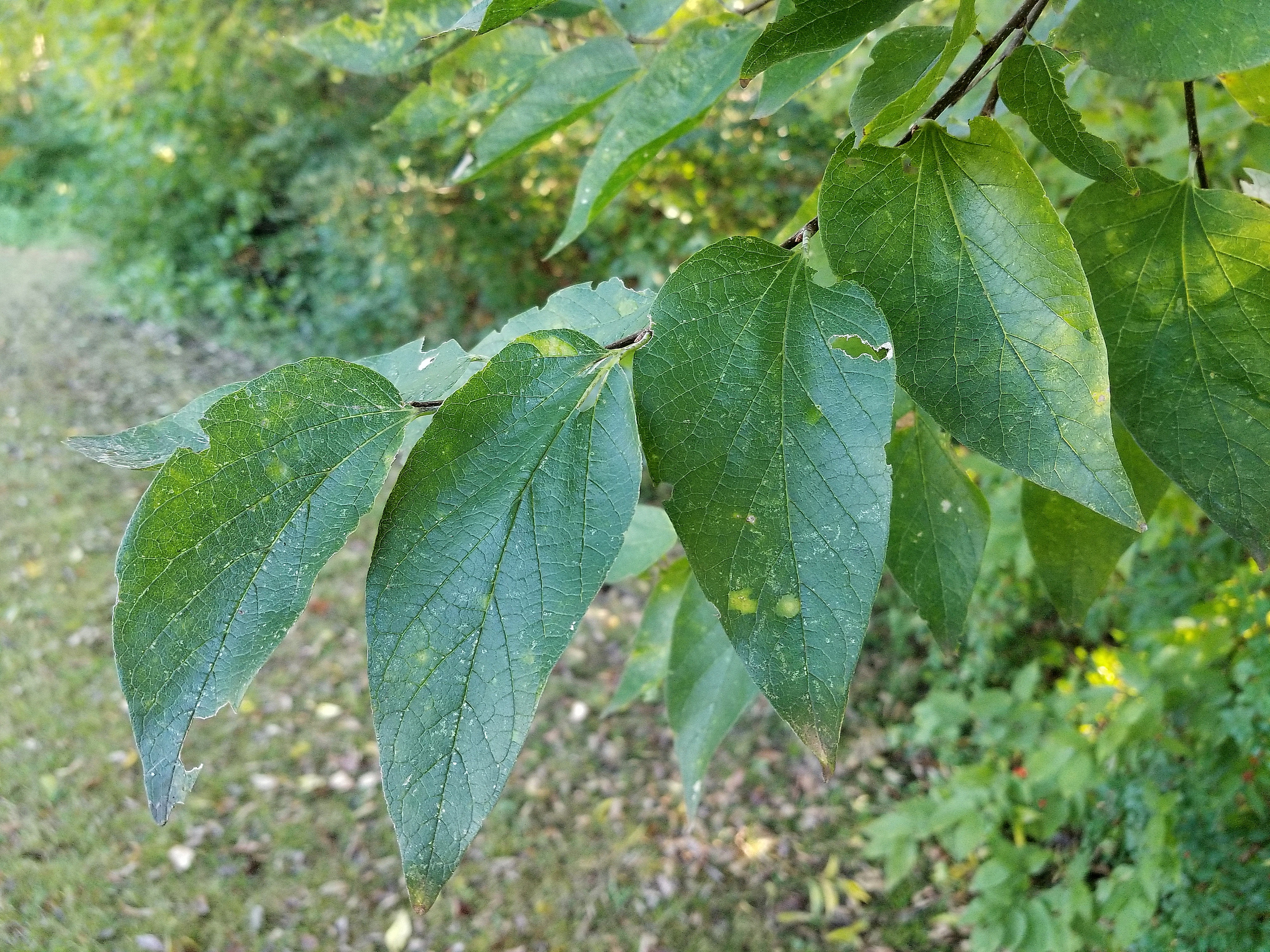
 Farm & Ranch7 years ago
Farm & Ranch7 years agoHackberry (Celtis spp.)
